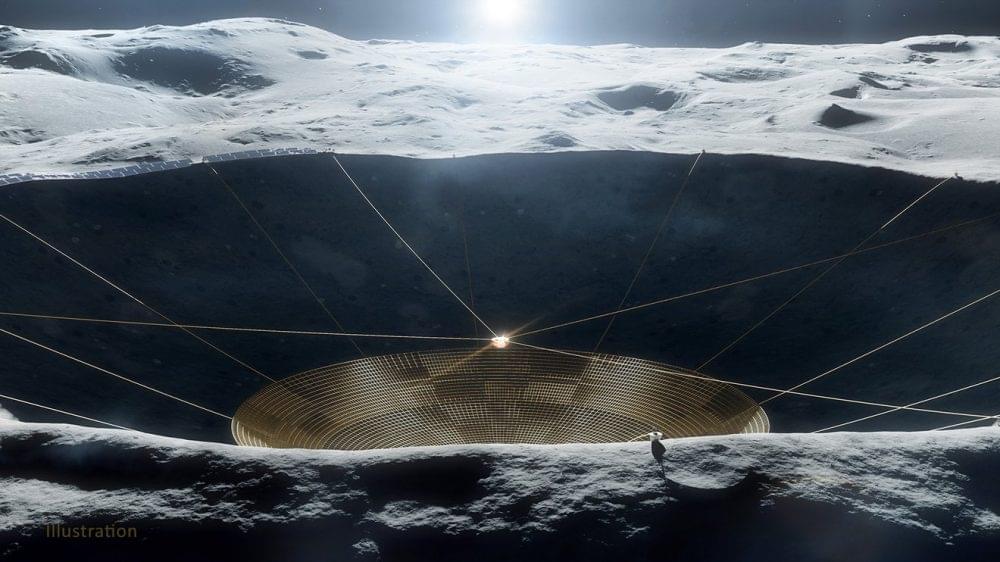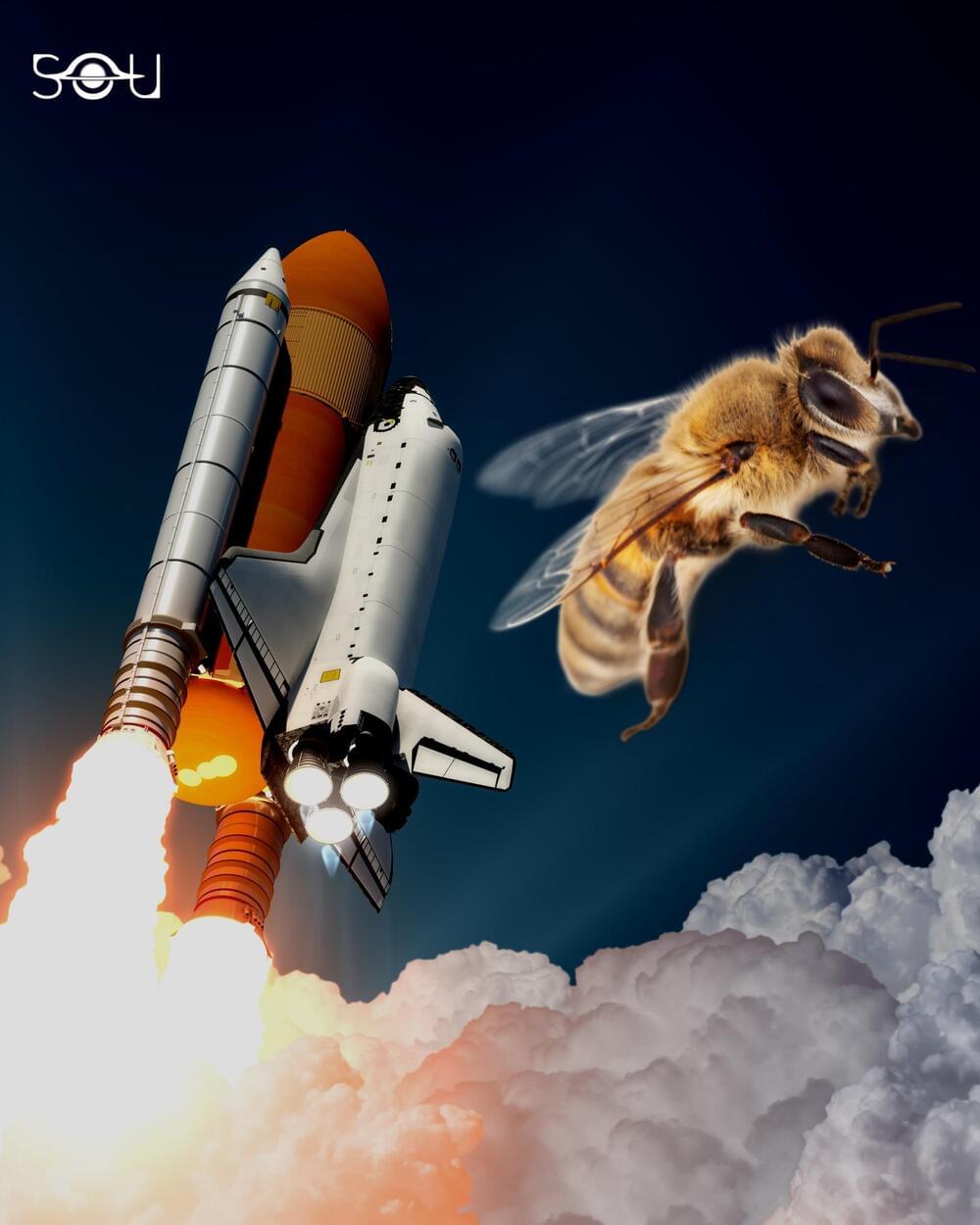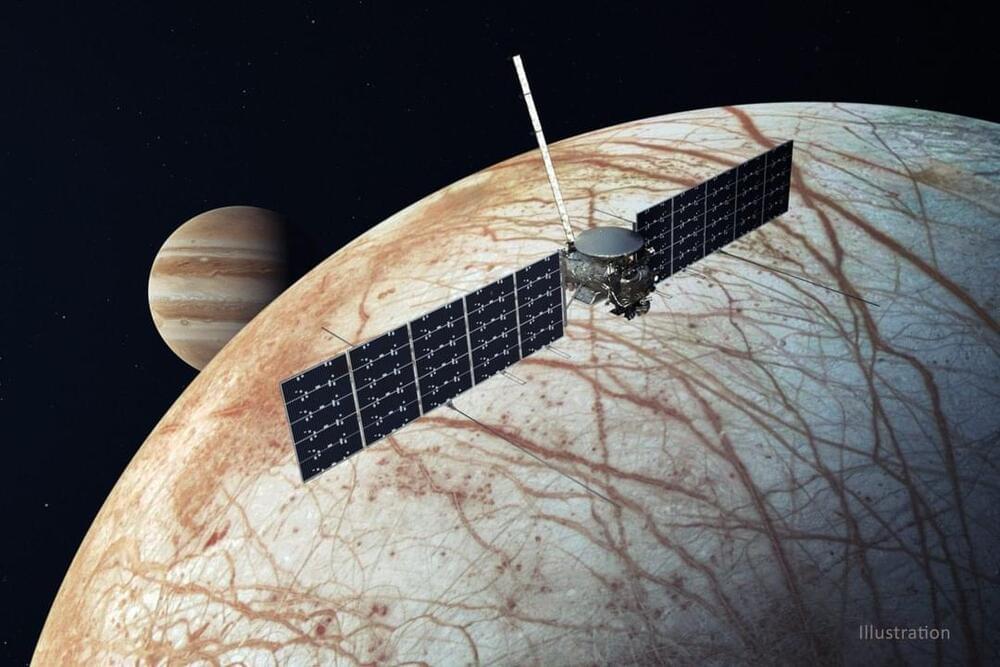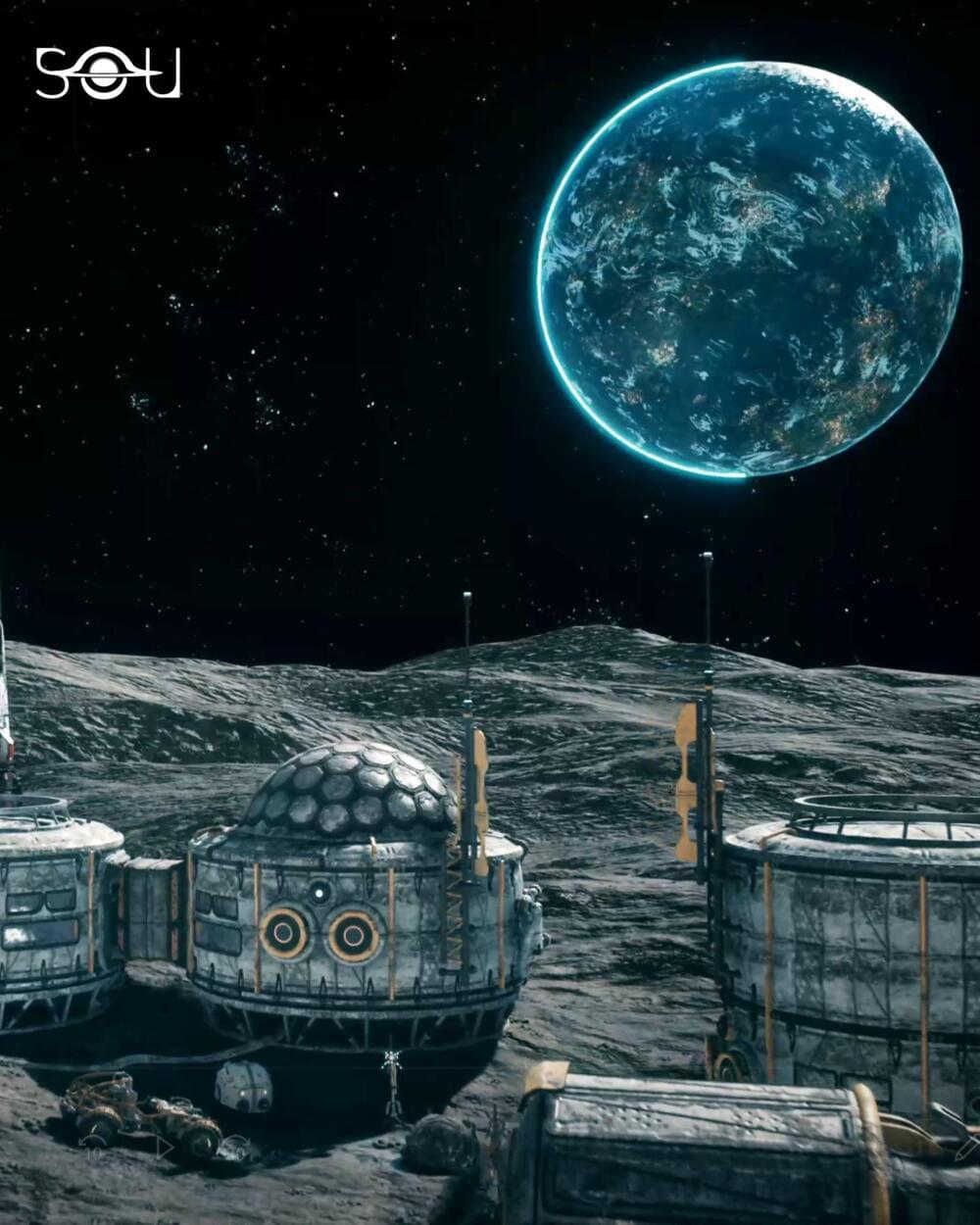
Get the latest international news and world events from around the world.



Astronomers have long had the well-documented belief that an ocean of water is splashing beneath Europa’s ice crust
In recent research, scientists showed that there is enough heat in the bowels of Europa to keep part of the solid core in a molten state, and thereby support the existence of volcanoes on the ocean floor. This find suggests that the volcanic activity may be enough to support subsurface alien life on Jupiter’s moon.


Meet Ameca, an #android that doesn’t walk (yet) but can have conversations and discussions with people
We asked it a series of questions to see how well it could communicate in the loud and busy environment of #CES. Check it out. #CES2022


Satisfying Machines Working on Another Level
Scott Automation + RoboticsAutomated Lamb Processing Line https://scottautomation.com/en/ASA-LIFTCABBAGE HARVESTER…
SpaceX successfully completes first launch of 2022 from Florida
ORLANDO, Fla., Jan. 6 (UPI) — SpaceX kicked off a surge in launch activity Thursday with the successful launch of 49 of the company’s Starlink communications satellites from Florida, heading south along the state’s coastline.
Five SpaceX missions may launch in the next month on the southern polar trajectory, flying closer to the Florida coast toward Miami than most launches, according to the U.S. Space Force.
The Falcon 9 rocket lifted off as planned at 4:49 p.m. EST from Complex 39A at Kennedy Space Center. Nine minutes after launch, the first-stage booster landed successfully on a barge in the Atlantic Ocean.